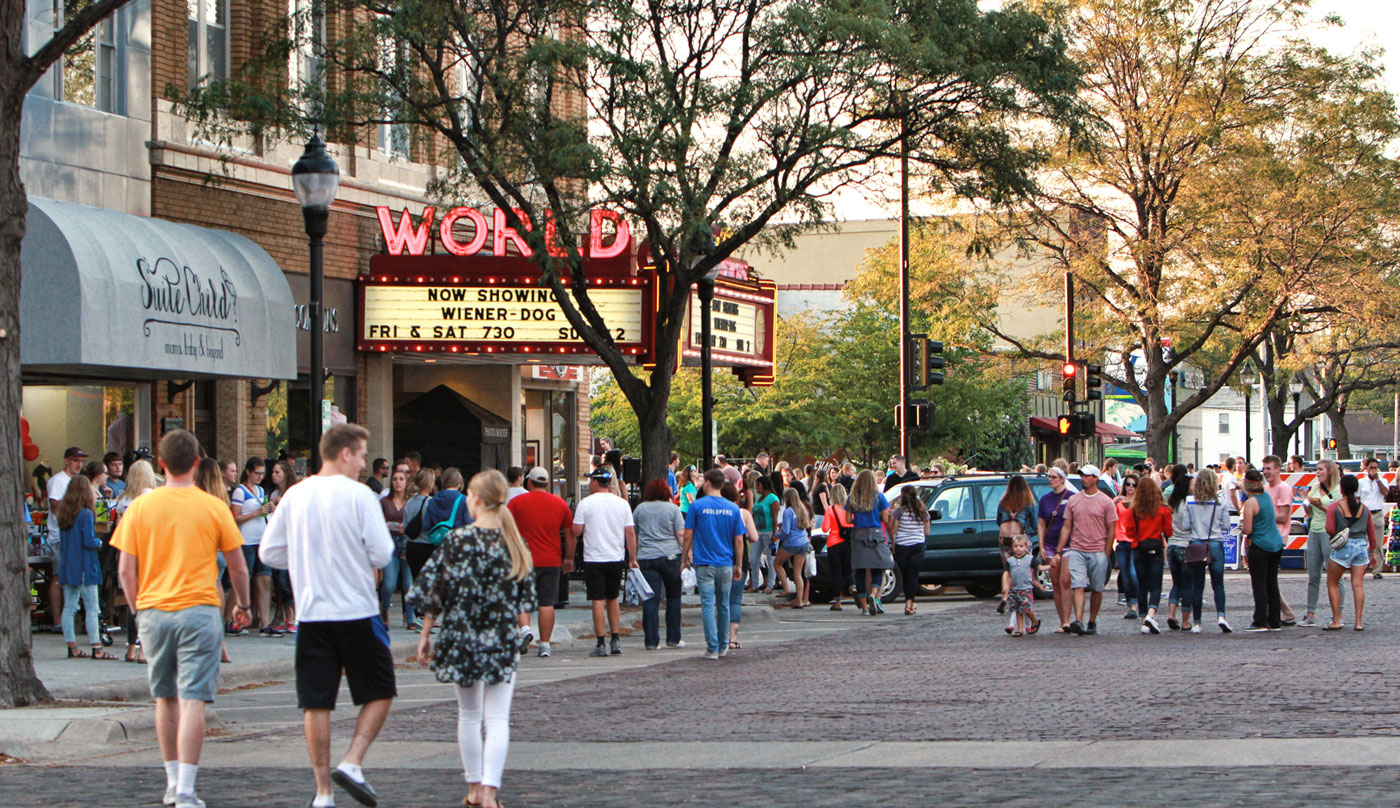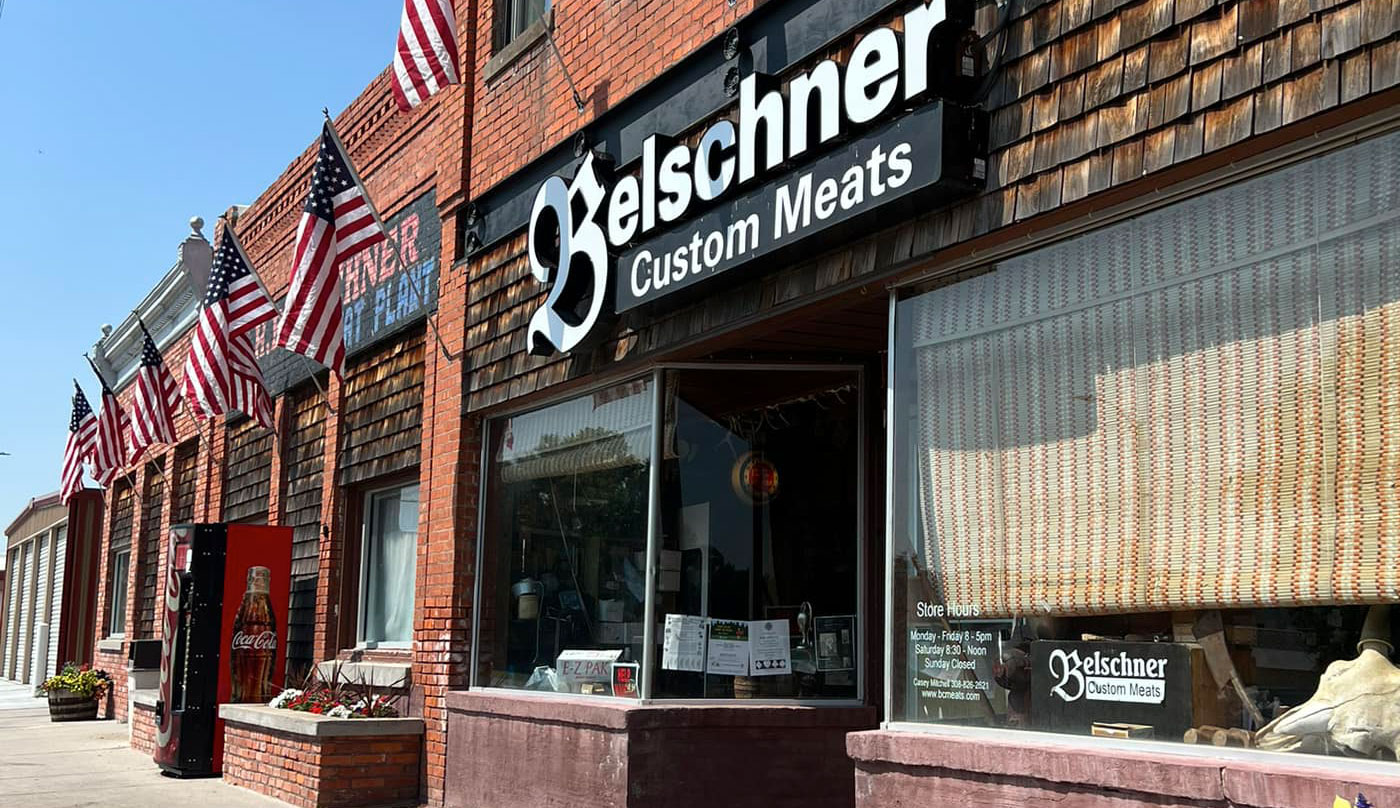Population Demographics
As of 2024 the population of Ravenna is 1,499. The population is expected to grow to 1,541 by 2029 - a growth rate of 0.55%.
The median age of Ravenna residents is 41.
The diversity index of Ravenna is 19.0, meaning that there is a 19% chance that any two people selected out of 100 residents will be of different race or ethnicity from one another.




